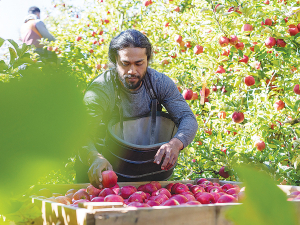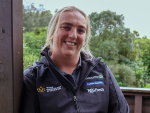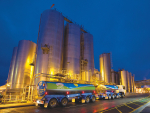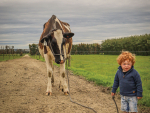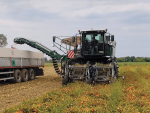Cyclone Gabrielle has had a major impact on the country's forecast apple harvest for the coming season.
Apple and Pears NZ has re-estimated the nation's pipfruit crop after Cyclone Gabrielle cut a swathe through many parts of the East Coast of the North Island's pipfruit growing region.
Apple and Pears NZ chair Richard Punter says the overall New Zealand crop is estimated to be down 21% on the original January crop estimate - resulting in a volume of 16.1 million TCEs (tray carton equivalent). This does not include the Tairāwhiti Gisborne crop re-estimates, which are yet to be completed.
Punter says both Central Otago and Nelson/Tasman have experienced good growing and harvest conditions and are on track to meet forecast crop expectations.
However, Punter warns that on the East Coast, there is a clear distinction between blocks that have been significantly and severely affected by the storm, and blocks that are untouched.
"For unaffected blocks, the remaining crop harvest is well underway, and conditions for the remaining harvest period look good," he says.
"However, as a result of the storm, the Hawke's Bay pipfruit crop is down by 33%. This represents a reduction of 4.3 million TCEs in the Hawke's Bay region."
Punter says these estimated crop reductions are across the range of varieties grown in the region;.
"While the overall New Zealand crop is down, exporters will provide a premium product to the market by ensuring only the best quality apples and pears are placed in the carton, as they do every year," Punter concludes.

